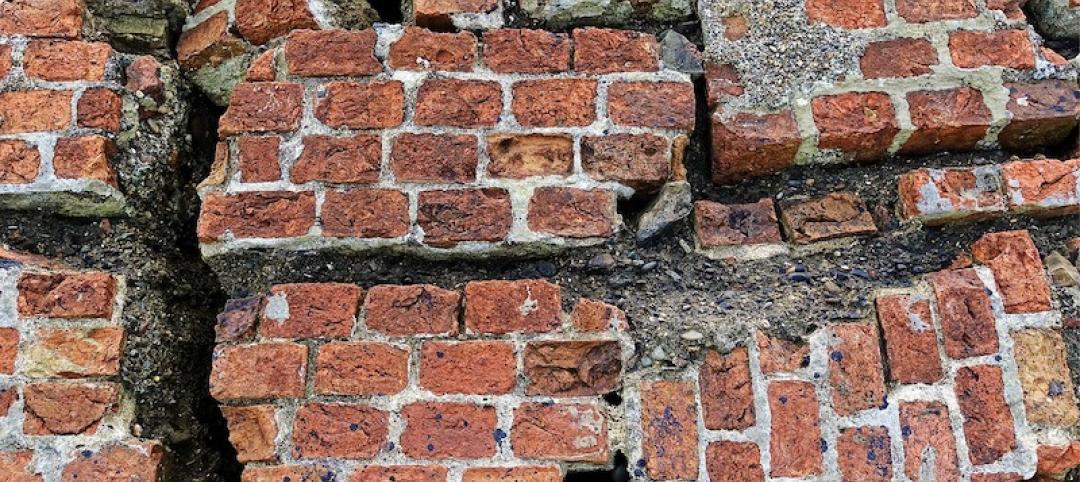The ACEC Research Institute and the University of Colorado Boulder released what the White House called a “landmark study” on the design-build delivery method.
Design Build State of Practice: Recommendations for Agencies and Industry on Effective Project Delivery provides recommendations to firms and project owners, including federal agencies and industry, on successful delivery as well as new information to enhance the benefits of cost and schedule savings associated with design-build.
“The key to success in design-build delivery is clear communication early in the partnership process,” said Keith Molenaar, University of Colorado Boulder, in a news release. “While our research shows that size, risk transfer, and long-term relationship building are vital elements of successful contracts, clarity about risk allocation above all else has to be reached so the project work can progress with confidence across all project participants.”
“Over the past several years, implementation of design-build contracts has grown without showing signs of slowing,” said John Carrato, ACEC Research Institute Chair. “While certain projects do well with design build, the study highlighted significant challenges with larger infrastructure projects, which should get the attention of our DOT clients and others working to deliver projects under the bipartisan infrastructure law.”
Related Stories
Codes and Standards | Mar 23, 2020
Florida legislature passes bill to reduce retainage on state and local projects
House and Senate vote is nearly unanimous; law would go into effect Oct. 1.
Codes and Standards | Mar 20, 2020
Feds prod use of eminent domain to force people out of flood-prone homes
Local officials that don’t comply could lose federal money to combat climate change.
Codes and Standards | Mar 19, 2020
ASHRAE provides COVID-19 resources for operating, maintaining HVAC systems
Includes recently approved position document on Airborne Infectious Diseases.
Codes and Standards | Mar 19, 2020
CaGBC launches new version of its Zero Carbon Building Standard
Version 2 draws on lessons from more than 20 zero carbon projects.
Codes and Standards | Mar 16, 2020
Concrete industry reduces carbon footprint by 13% over five years
Result mostly due to more efficient use of Portland cement.
Resiliency | Mar 13, 2020
Feds push use of eminent domain to force people out of flood-prone homes
Local officials that don’t comply could lose federal money to combat climate change.
Codes and Standards | Mar 12, 2020
Design guide for sloped glazing and skylights updated for first time in 30 years
Helps with choosing proper glass for non-residential applications.
Codes and Standards | Mar 11, 2020
Two tree species native to the Northeast found suitable for CLT
Eastern white pine and eastern hemlock pass strength testing.
Codes and Standards | Mar 10, 2020
Prescient receives ICC certification for seismic resilience system
Technology suitable for buildings up to 12 stories in earthquake-prone areas.
Codes and Standards | Mar 6, 2020
Design firms creating plans to re-imagine D.C.’s tidal basin
Area including National Mall is facing increased flood risk.

















